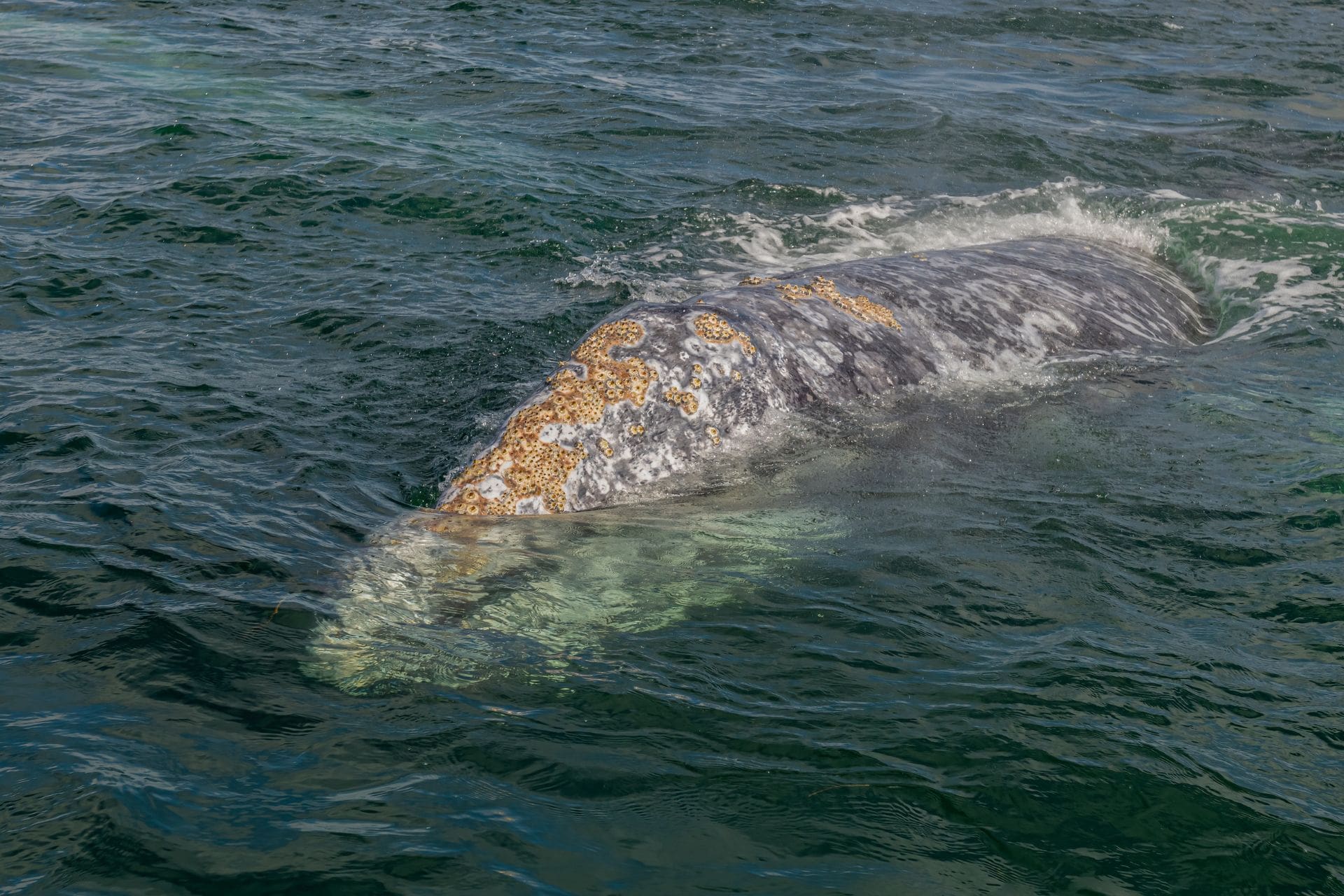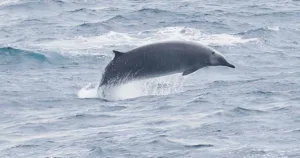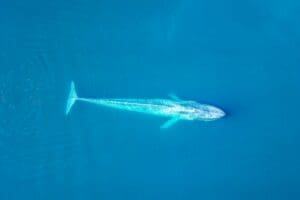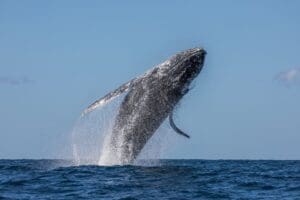Whale Lice: The Surprising Sidekicks of the Ocean Giants
These small yet intriguing creatures are not the typical lice we might think of but are specialized crustaceans that have formed a unique ecological niche. Whale lice, living on the skin and in the crevices of some of the largest animals on our planet, play a significant role in the marine ecosystem.
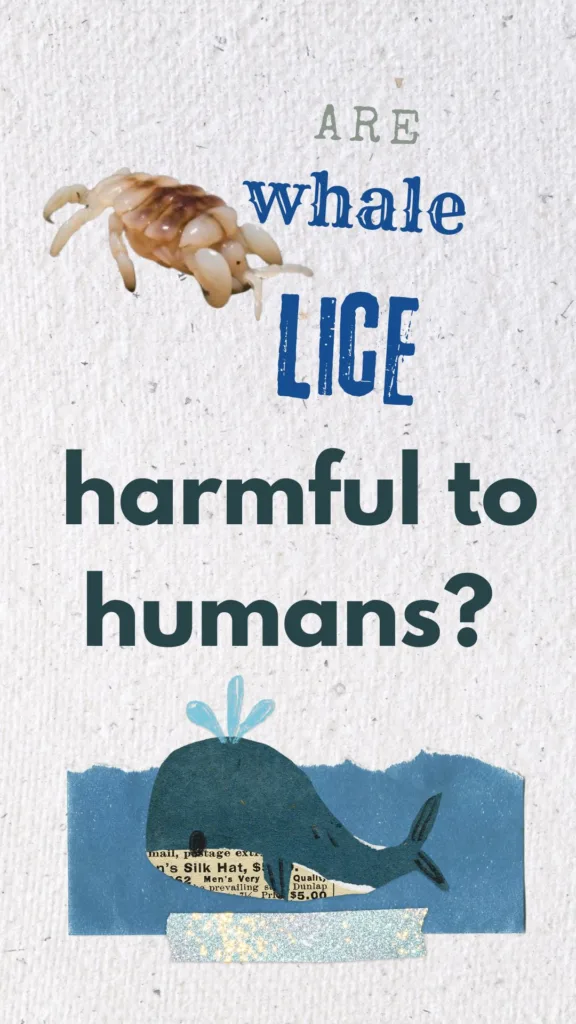

What Are Whale Lice?
Whale lice, often a subject of curiosity and misunderstanding, are not lice in the traditional sense. These creatures are actually a type of crustacean, more closely related to the familiar shrimp and crabs than to the parasitic lice found on humans and other mammals. Scientifically known as cyamids, whale lice, or whale louse are exclusively found on marine mammals, particularly whales.
These specialized crustaceans have adapted remarkably to life on their giant hosts. Unlike their terrestrial namesakes, whale lice feed on the dead skin and algae found on the whale’s body, not on blood.
They are typically small, ranging from a few millimeters to about two centimeters in length, and have a flattened body that helps them cling to the whale’s skin, even in turbulent ocean waters.
The appearance of whale lice varies depending on their species and the whale species they inhabit. Generally, they are reddish-orange or pale in color, which helps them blend in with the skin of their hosts. This coloration is a form of camouflage, protecting them from predators and helping them remain unnoticed.
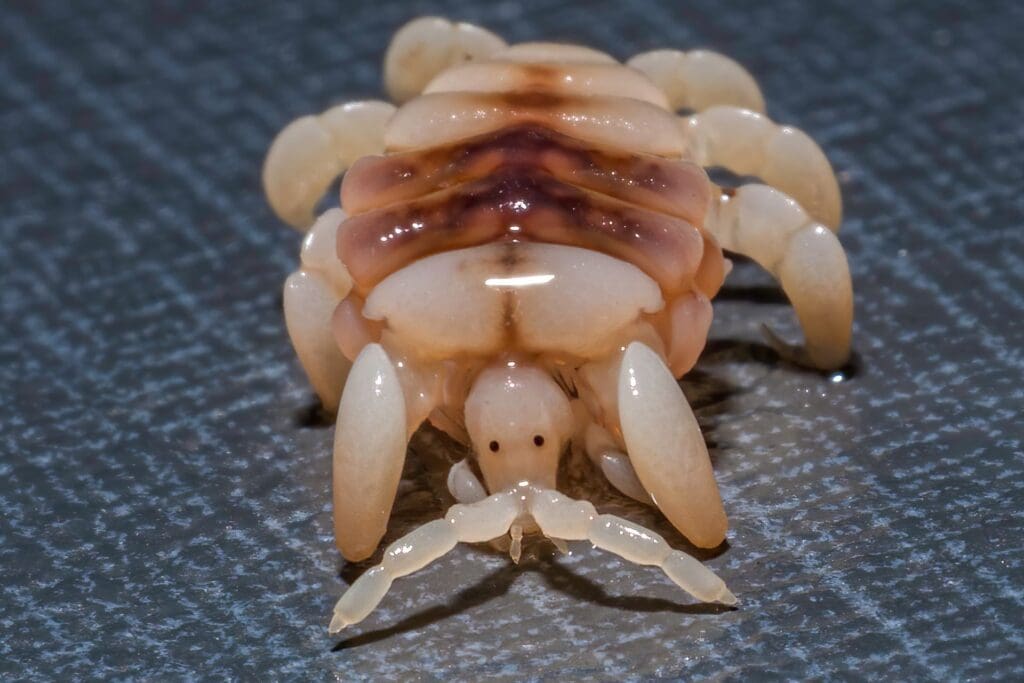

The presence of whale lice is often an indicator of the health and age of a whale. Younger, faster-swimming whales tend to have fewer lice, as they can more easily dislodge them through swift movements and breaching.
Are they harmful or beneficial to whales?
Whale lice are small crustaceans that live on the skin of whales, feeding on dead skin and damaged tissue. While the term “lice” might suggest harm, whale lice are generally not harmful to healthy whales and can even be beneficial by cleaning the whale’s skin. However, in large numbers, they may indicate health issues or stress in the whale.
How do whale lice affect whales, and can they cause harm?
Whale lice typically do not harm healthy whales and are a normal part of the whale’s ecosystem. They can help by removing dead skin and preventing infections in wounds. However, an unusually high number of whale lice on a whale can be a sign of poor health or environmental stress.
Do whale lice serve any purpose for whales?
Yes, they do. They help clean the whale’s skin, remove dead tissue, and potentially prevent infection in wounds. They are part of a mutualistic relationship where the lice get food and shelter, and the whales receive grooming.
What do whale lice look like, and how large are they?
Whale lice are small, ranging from a few millimeters to a couple of centimeters in size. They have a flattened body adapted to clinging onto the whale’s skin and are usually orange or reddish-brown, making them visible against the whale’s skin.
What do whale lice eat, and what is their role in the ecosystem?
Whale lice feed on the dead skin and damaged tissue of whales. They play a crucial role in the marine ecosystem by helping to keep whales’ skin healthy and by participating in the nutrient cycle, breaking down material that would otherwise accumulate on the whale.
How do whales get rid of whale lice, and what treatments exist?
Whales may rub against rough surfaces or visit areas with cleaner fish to reduce the number of lice. There are no artificial treatments applied by humans; whales rely on natural behaviors and mutualistic relationships with other marine species to manage lice populations.
Can whale lice harm humans, and should people be concerned about them?
Whale lice are not harmful to humans as they are specifically adapted to live on whales and cannot survive on human skin or in environments outside of their marine hosts.
Are there any risks associated with whale lice for humans?
Whale lice cannot live on or infect humans, so there are no direct risks associated with them for humans. However, the presence of whale lice is entirely a concern for marine mammals.
Where are whale lice found, and where do they come from?
Whale lice are found on the skin of almost all marine whales, where they spend their entire life cycle. They are transmitted from mother to calf or between closely interacting whales.
How do whale lice survive, and what are their natural predators?
Whale lice survive by clinging to their whale hosts, feeding on the skin and tissue. Their primary predators include cleaner fish and other marine species that may feed on them when whales visit cleaning stations.
The Symbiotic Relationship
Whale lice and whales have a special kind of friendship called a symbiotic relationship. This means they live together and help each other in different ways.
Whale lice make their homes on the skin of whales, but they’re not harmful like the lice that sometimes bother people or animals. Instead, these tiny creatures have an important job.
Whale lice eat dead skin and algae (tiny plant-like things in the water) that build up on the whale’s skin. This is good for the whales because it helps keep their skin clean and healthy. It’s like having a tiny cleaning crew that always takes care of the whale’s skin!
These lice are very good at holding on to the whale. They have special bodies that make it easy for them to stick to the whale, even when it swims fast or jumps out of the water. They’re so good at sticking that they can stay with the same whale for a very long time.
Not all whales have whale lice. They are usually found on bigger whales that swim slowly, like the right and humpback whales. Young whales that swim fast don’t have as many lice because they can shake them off more easily.
By looking at whale lice, scientists can learn a lot about whales. They can tell how healthy a whale is, where it might have traveled, and even who its whale friends are. So, these little lice are important for the whales and help us understand more about these amazing giants of the sea.
Can a whale get rid of lice on its own?
Yes, a whale can partially get rid of lice alone, but it’s not always completely effective. Whales have a few behaviors that help them reduce the number of lice on their bodies.
One common method is breaching, where the whale leaps out of the water and then crashes back down. This forceful action can dislodge some of the lice. Additionally, whales might rub themselves against rough surfaces in the ocean, like rocks or the sea floor, which can also help remove some of the lice.
However, these methods may not remove all the lice, especially those that are firmly attached or hidden in crevices and folds of the whale’s skin. Whale lice are adapted to cling tightly to their hosts, so while a whale can reduce their numbers, it’s challenging to eliminate them entirely without assistance from other factors, like cleaner fish or changes in the whale’s health that might affect the lice’s habitat.
How many lice live on a whale at once?
It can range from just a few to several thousand in terms of numbers. For example, a heavily infested right whale might carry thousands of whale lice. The lice tend to concentrate in areas where the whale cannot easily dislodge them, such as near wounds, around the eyes, blowholes, or skin folds.
The number of lice found on a whale can vary greatly depending on several factors, including the species of the whale, its age, health, and the specific environment it lives in. Generally, larger and slower-moving whales, like right and humpback whales, tend to have more lice than faster, more agile species.
Life Cycle and Habitat of Whale Lice
When baby whale lice, known as larvae, are born, they immediately start looking for a whale to call home. Once they find a whale, they attach themselves to its skin and start their new life there. They change a little in shape and size as they grow, but they stay on the same whale.
Different types of whales have different types of whale lice. This means that the lice are specialized for living on certain kinds of whales. For example, the lice you find on a humpback whale might differ from those on a blue whale.
It’s interesting to know that whale lice can’t live long without their whale hosts. If they fall off or the whale dies, they won’t survive in the ocean on their own for long. This shows just how special and important the relationship between whale lice and whales is.
Research and Discoveries About Whale Lice
One of the cool things scientists have discovered by studying whale lice is how they can tell us about a whale’s travels. Different oceans have different types of whale lice. So, by looking at the lice on a whale, scientists can sometimes figure out where that whale has been swimming. This is like being a detective in the ocean!
Another interesting discovery is about whale families. Sometimes, baby whales have the same types of lice as their moms. This shows that whale lice can be passed from mother whales to their babies. It’s like the lice are part of the whale family, too!
Scientists also use whale lice to learn about the history of whales. By studying the lice, they can discover how different whale species have changed over time and how they have moved around the world’s oceans.
Whale Lice and Human Interaction
A common question people have about whale lice is whether they are dangerous to humans, especially during activities like whale watching or swimming with whales. The good news is that whale lice are not harmful to people at all. They specialize in living on whales and cannot survive on human skin or in our environment.
When you go on a whale-watching tour, you might be able to see whale lice if you’re close enough, but there’s no risk of them transferring to you.
Whale lice are adapted to the unique conditions of a whale’s body and the ocean. They need saltwater and the specific skin of whales to survive, so they wouldn’t be able to live on a human.
Also, if you’re lucky enough to swim near whales, you don’t have to worry about whale lice. These creatures are not like the lice that sometimes bother humans. They won’t jump or swim over to you. They stay on their whale hosts, where they have everything they need.
Conclusion
In summary, whale lice are not just a curiosity – they are a crucial part of the ocean’s tapestry, playing a role that benefits both their whale hosts and the scientists who study them. Their story is a fascinating chapter in the vast narrative of marine biology, one that highlights the interconnectedness of all life in our oceans.
Additional Resources:
- International Whaling Commission (IWC): The IWC regulates whaling activities and promotes whale conservation. [1]
- Marine Protected Areas (MPAs): Establishing MPAs helps protect crucial whale feeding and breeding grounds. [2]

